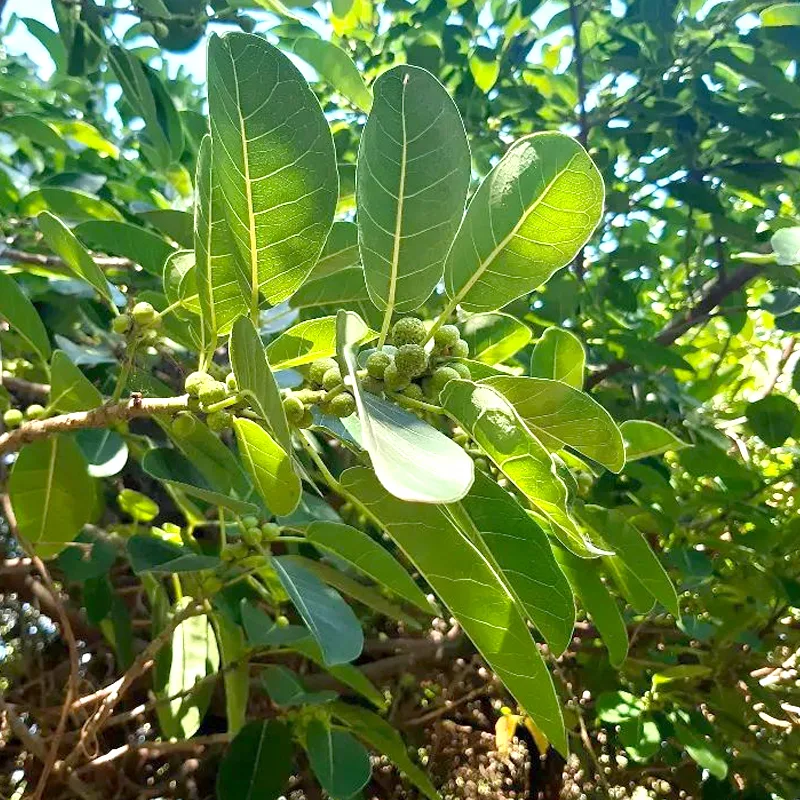
The Enchanting Allure of Marsilea quadrifolia: A Plant Enthusiast’s Guide
There’s a certain magic to aquatic plants. Their silent existence beneath the water’s surface, their delicate forms swaying with the current, all contribute to a sense of tranquility. Among these underwater gems, the Marsilea quadrifolia holds a special place in my heart. With its resemblance to a four-leaf clover, it’s not just aesthetically pleasing, but also carries a symbolic weight in many cultures.
For a while now, I’ve been deeply fascinated by this unique fern. So, I decided to delve into its world, explore its characteristics, and learn how to cultivate it. This article is a result of that exploration, and I hope it kindles the same curiosity in you.
Can We Find Marsilea quadrifolia in Nigeria?
While the Marsilea quadrifolia boasts a vast natural habitat spanning Europe, Asia, and even parts of North America, its presence in Nigeria remains uncertain. There haven’t been any documented occurrences of this specific species found in the wild within the country.
However, Nigeria is home to a rich diversity of aquatic flora. With some research, you might discover native aquatic ferns that share similar characteristics and could be well-suited for your pond or aquarium.
What is Marsilea quadrifolia?
The Marsilea quadrifolia, also known as the water clover or pepperwort, is a herbaceous fern that thrives in moist environments. Its most captivating feature is its four-lobed leaves, resembling a four-leaf clover. These fronds, typically green in color, rise gracefully from creeping rhizomes that anchor the plant to the bottom of shallow ponds, lakes, or even bogs.
Beyond its visual charm, the Marsilea quadrifolia offers ecological benefits. It provides a haven for small fish and invertebrates, acting as a natural food source and shelter. Additionally, its presence helps maintain water quality by absorbing excess nutrients.
How to Plant Marsilea quadrifolia?
If you’re captivated by the Marsilea quadrifolia and wish to cultivate it yourself, here’s a guide to get you started:
Choosing the Right Environment:
The Marsilea quadrifolia thrives in full sun or partial shade. It prefers still or slow-moving water with a depth of up to 4 inches (10 cm). The ideal substrate is a mixture of rich soil and sand, offering good drainage and root aeration.
Planting Methods:
There are three primary ways to plant your Marsilea quadrifolia:
- Submerged: For a fully submerged planting, place the rhizomes directly in your pond or aquarium substrate. Ensure the growing tips are facing upwards.
- Emergent: If you prefer the fronds to emerge from the water, plant the rhizomes in pots filled with the recommended substrate. Partially submerge the pots in the water, allowing the fronds to reach the surface.
- Bog Gardens: The Marsilea quadrifolia can also thrive in bog gardens with consistently moist soil. Plant the rhizomes directly into the soil, ensuring they remain damp.
Caring for Your Marsilea quadrifolia:
Once planted, your Marsilea quadrifolia requires minimal maintenance. Ensure the water remains clean and the chosen environment offers adequate sunlight. Fertilization is generally unnecessary, as the plant absorbs nutrients from the water and substrate.
Propagation:
The Marsilea quadrifolia reproduces naturally through spores housed in small structures called sporocarps attached to the leaves. However, this method can be time-consuming and requires specific conditions for successful germination.
A simpler method of propagation involves dividing established clumps of the plant. Carefully cut through the rhizomes with a sharp, sterilized tool and replant the separated sections in new locations.
What to Plant With Marsilea quadrifolia?
The Marsilea quadrifolia complements various aquatic plants well. Consider pairing it with colorful water lilies for a vibrant display, or delicate underwater grasses for a natural, textural effect.
With its unique charm and ecological benefits, the Marsilea quadrifolia makes a valuable addition to any aquatic environment. By following these simple guidelines, you can cultivate this captivating fern and witness its beauty firsthand.
If i die, water my plants!



